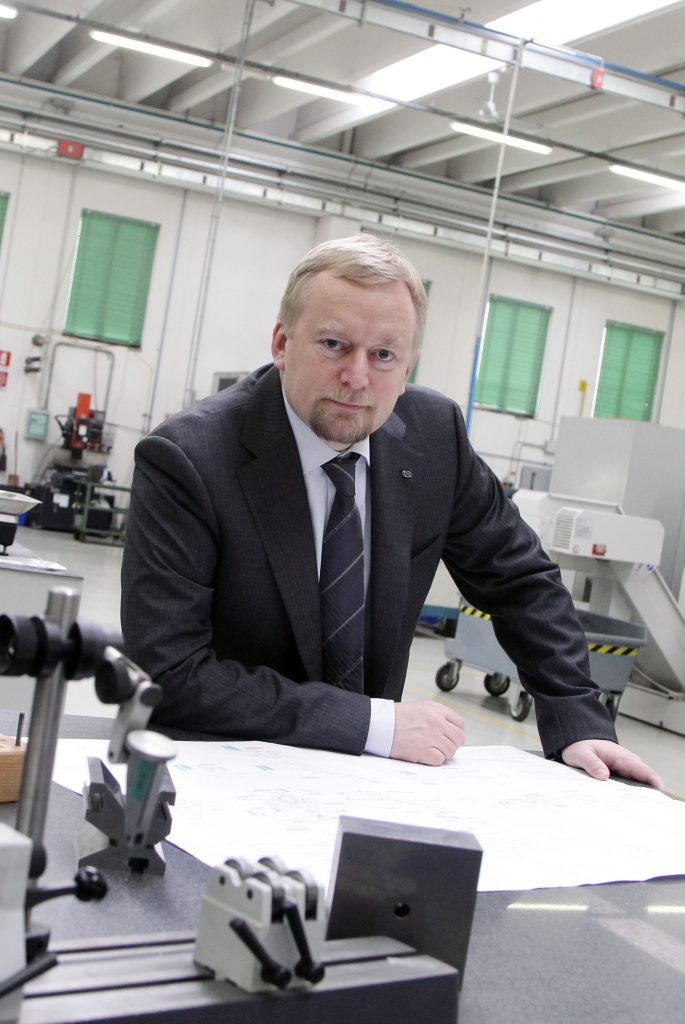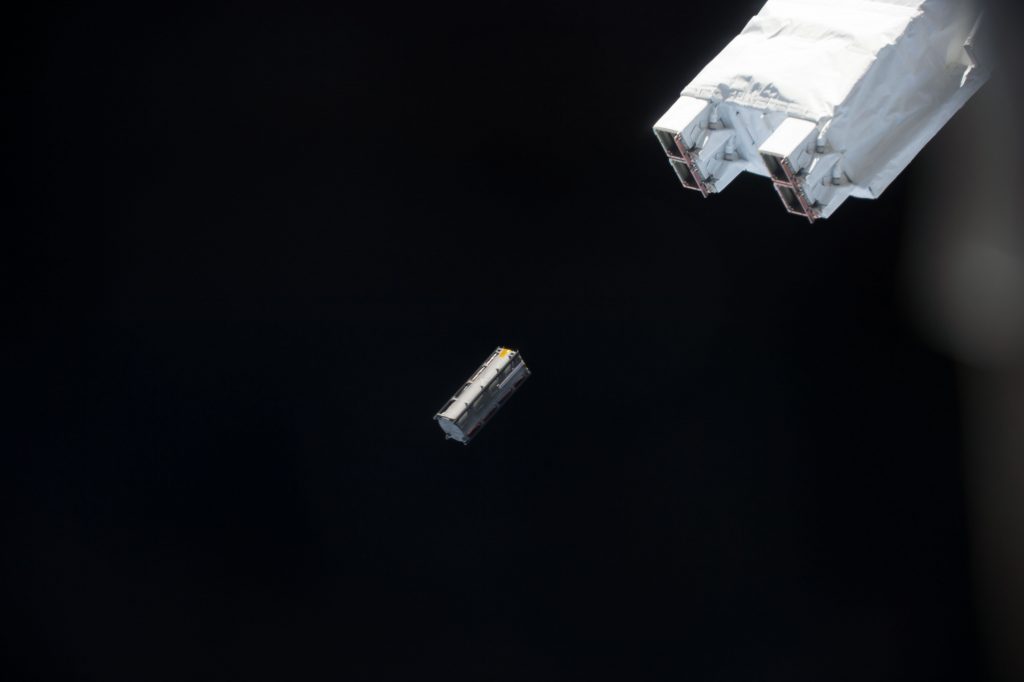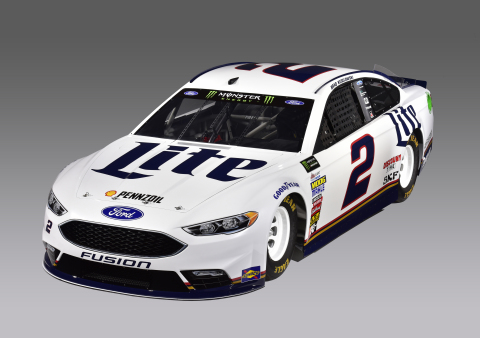CRP Technology has been among the first to import additive manufacturing technology to Europe, and has developed the Windform® TOP-LINE family of composite materials.
They are some of the international market’s most high-performance Carbon- or Glass- composite laser sintering materials, in use for more than 20 years in the aerospace, UAV, defense, avionics markets for the most demanding applications.
Therefore it is unquestionable that CRP Technology has been changing the rules of additive manufacturing, smashing records and setting models nowadays that apply to 3D printing with polyamide materials.
A clear sign of this continued performance is Windform® FR1 (FR stands for Flame Retardant), the new-born material from the Windform® TOP-LINE family of composite materials for additive manufacturing.
It is intended to become a game-changing material in the field of 3D printing for its uniqueness: it is the first Flame Retardant (UL 94 V-0 rated) material for additive manufacturing which is carbon fiber reinforced.
It is also passed the FAR 25.853 flammability tests successfully as well as the 45° Bunsen burner test.
“Only a few weeks from the launch of a new range of Windform® materials, the P-LINE for HSS technology,” commented Franco Cevolini, VP and CTO at CRP Technology. “I’m very proud to introduce a new revolutionary composite material from the Windform® TOP-LINE family of materials for laser sintering technology. Our aim is to constantly produce technological breakthroughs. With Windform® FR1 we can steer you toward the proper solution for your projects.”

Franco Cevolini. Ph©Elisabetta Baracchi
“I’m firmly committed to solving one of the most important challenges, maybe the main one, for people who work in the 3D printing field “– added Cevolini – “the ability to ensure the performance and reliability of the AM process and materials. At CRP Technology and CRP USA we work extremely hard to control our process. We do testing on both equipment and materials on a regular basis. This kind of effort lets our customers understand that we are not just cranking out parts like a traditional rapid prototyping service bureau.”
Someone could say this technology and materials are expensive, but it is not correct especially in a long-term perspective. It is proven that using professional 3D printing and Windform® composite materials produce substantial cost savings considering the whole process performance.
“With professional 3D printing and Windform®” commented Cevolini – “the manufacturing process, from the design phase to product development, is optimized. Quality is not a cost, it is an investment”.
Aerospace and Avionics application spotlight
Not only the new-born Windform® FR1 material, but all the Windform® materials allow manufacturing of functional prototypes as well as finished, high-performance functional parts.
“Windform® materials from the TOP-LINE range of composite materials have some unique properties. Let’s consider, for example, Windform® XT 2.0: resistance to UV, low outgassing and its lightweight versus strength are some of the key characteristics that allow for it to replace a traditional material like Aluminium in some applications.”
The freedom of additive manufacturing allows the creation of more complex geometry, especially in the aerospace field.

TuPOD deployed © JAXA NASA
Recently CRP USA , the U.S.-based 3D printing company partnered with CRP Technology, contributed to mark a new milestone in the small satellites arena with TuPOD, the innovative cubesat manufactured via laser sintering in Windform® XT 2.0. This ground breaking project was carried out by GAUSS, Teton Aerospace, Morehead State University. From a distance, the TuPOD looks relatively simple, but upon closer examination there are some areas in the design that would have been more difficult to accomplish with traditional manufacturing methods.
The significant performance of Windform® is creating new ways to invent and manufacture, while it is proving to be a viable option for the innovative design and high-performance features associated with advanced Aerospace applications.
“Leveraging 3D printing and Windform® composite materials properly has been a key advantage that our customers in the Space Industry have quickly adapted to. Whether it is entire structures or smaller components, we have been amazed at the creativity. The time to produce the parts is often dramatically less than through traditional methods.”
Progress has been also made in the avionics field: recently Windform® composite materials combined with laser sintering technology, have been used to manufacture some external parts of the wind tunnel model in 1:8.5 scale for the prototype of the new Leonardo Helicopter Division tiltrotor AW609, for a series of dedicated low-speed wind tunnel tests. (Designed, manufactured and assembled by Metaltech S.r.l., under supervision of Leonardo HD).

Tiltrotor-AW609. Courtesy Leonardo HD
These 3D printed parts highlight the perfect union between advanced 3D printing technology and Windform® high-performance composite materials. Thanks to the Windform® materials, it was possible to complete and test the model in the wind tunnel within a very short time, with excellent results and with high-performing mechanical and aerodynamic properties.
The 3D printed parts have been created by CRP Technology using Windform® XT 2.0 are nose and cockpit, rear fuselage, nacelles, external fuel tanks and fairings.
CRP USA also contributed to demonstrate the effectiveness of additive manufacturing and use of Windform® as a structural material for avionics applications: on behalf of Leonardo HD and under the control of ATI Co. – Newport News (the model supplier), CRP USA manufactured via laser sintering and Windform, the external fuselage and additional components for a new 1:6 model.

It was created for a high-speed wind tunnel test campaign at NASA Ames Unitary Plan 11 by 11 foot transonic wind tunnel, as part of a thorough review of aircraft behavior.
The model scale selected was 1:6 of the full scale in order to be fully compatible within the given constraints of the physical size of the NASA 11 by 11 tunnel.
The architecture of the new 1:6 model for transonic high-speed tests was very similar to the AW609 model but with some improvements in order to have the remote controls for the flaperons and elevator surfaces.
For the first time the Windform® XT 2.0 Carbon-composite material was used for an high speed model tested at NASA AMES facility.
Windform® TOP-LINE family of high-performance composite materials have passed NASA and European Space Agency (ESA) outgassing screening, suitable for aerospace applications:
- Windform® XT 2.0, Windform® SP both carbon-composite materials; Windform® LX 3.0, Windform® GT both glass-composite materials: have been tested in accordance to the ASTM E-595-07 standard, and passed with no issues
- Windform® XT 2.0 carbon-composite material: has been passed ESA screening outgassing tests in accordance with ESA TEC-QTE 7171 (based on ECSS-Q-ST-70-02C); it has been K-rated according to Japan Aerospace Exploration Agency (JAXA) outgassing test.
In addition:
- Windform® FR1 : has been rated V-0 according Flammability UL 94; it has passed the FAR 25.853 flammability tests as well as the 45° Bunsen burner test.
- Windform® XT 2.0, Windform® SP, Windform® GT, and Windform® LX 3.0: have been passed Flammability UL 94. They have been tested for flammability rating, and successfully obtained HB classification.
- Windform® LX 3.0 and Windform® SP: have been subjected to vacuum ultraviolet (VUV) testing and results report: “Windform® SP and Windform® LX 3.0 samples did not show degradation with VUV testing.”



